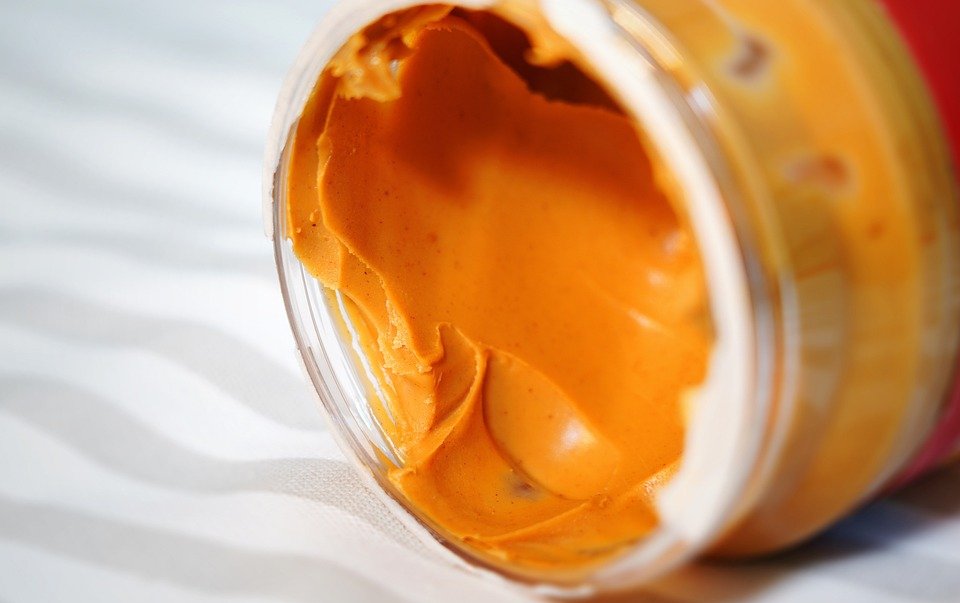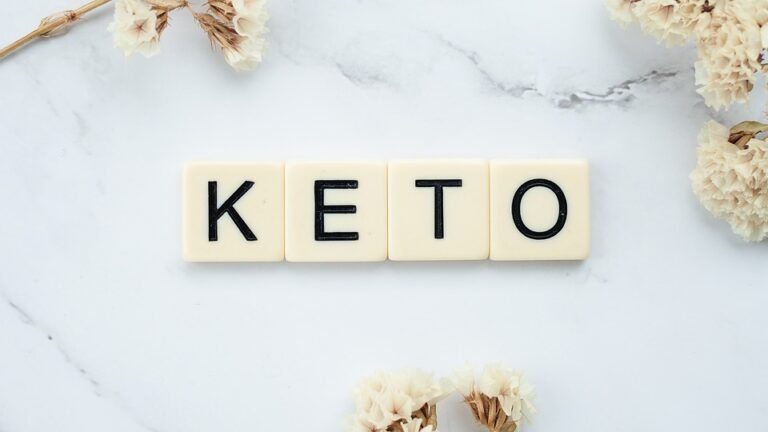What is the keto diet?
The keto diet involves going for extended periods while very low (no more than 30 grams per day) to almost zero grams per day of carbs and increasing your fats to a really high level (so much so that they may make up to 65% of your daily macronutrient intake). The idea behind this is to get your body into a state of ketosis. In this state of ketosis, the body is supposed to be more inclined to use fat for energy — and research says it does just that. Depleting your liver’s carbs/glycogen stores and then turning to fats for fuel means you have to end up getting cut.
You can then follow this platform Monday through Saturday 12pm (afternoon) (or Saturday 7pm, depending on which version you’re reading). Then from this time until 12 midnight Sunday (even 36 hours later) ramp up the massive carbs…
(Some say, and this will also be determined by your body type, that you can go nuts for your carbs and eat whatever you want, and then there are those who prescribe wisely—in my opinion—sticking to clean carbs even while eating carbs.)
So calculating your numbers is as simple as the following…
Calculate the maintenance level required for daily calories …
(If you’re looking to drop quickly use 13- I don’t recommend it, if you want your body fat level to drop even further then use 15 and if you’re really going to try to maintain or possibly gain lean muscle mass then use 17)
Body weight in pounds x 15 = a
Protein for the day 1g per body weight in pounds = b
Bx4 = c (c = number of calories allocated to daily protein intake).
ac = d (d = the amount of calories that should be allocated to fat consumption).
D/9 = grams of fat per day for consumption.
The final calculation should leave you with way too much fat to eat.
Now for those wondering about energy levels…especially for training because there are no carbs, with a large amount of fat in the diet you feel quite full and fat is a very good fuel source for your body. (One modification I have made is to actually have a nice fish fillet about an hour before training and I find it gives me enough energy to get through my workouts).
Continuing with the general guidelines…
There are some who say eating 30g of carbs immediately after training – is just enough to replenish liver glycogen levels. Then there are those who say that having one like this could push you out of ketosis — the state you’re trying to maintain. Since I’ve done a post-workout shake for the last 8 years of my training, I decided to try the “no post-workout” route! I think I might try as well!
During my carb period – for those of you who want to know you can get in shape and eat the things you want (in moderation) – for the first 6 weeks I will be relaxed about what I eat in this period but then for the next 6 weeks I will only eat clean carbs.
I also like to make sure the first workout of the week—as in my Monday morning workout—is a nice long hour of work, so I start by cutting into liver glycogen already.
I also make sure to do one last really grueling workout on Saturday before I ramp up the carbs.
And I eat a lot of fish, eggs, olive oil and beef!
Article submitted by www.healthelements.net/blog/what-is-keto/




